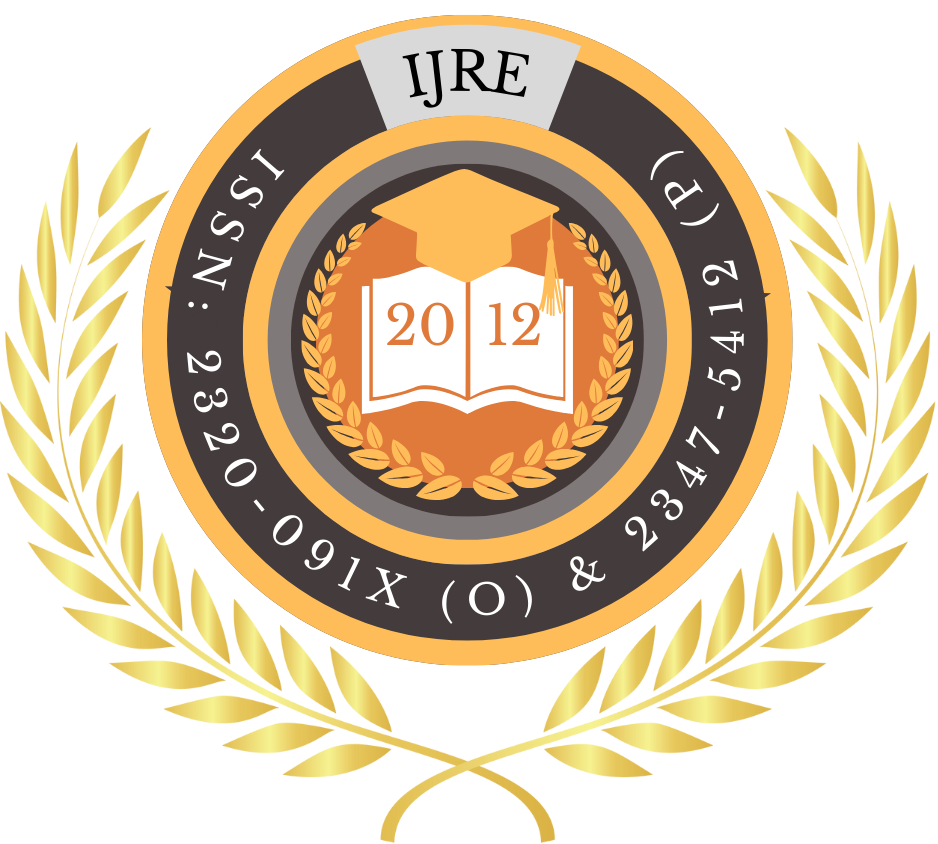![]()
Certificate: View Certificate
Published Paper PDF: View PDF
Anil Saini
Independent Researcher
India
Abstract
Digital pedagogy—the strategic integration of digital tools, resources, and methodologies into teaching and learning—has become a cornerstone of contemporary higher education. While institutions invest heavily in learning management systems (LMS), multimedia content creation, and analytics platforms, the adoption and effective use of these innovations often vary significantly across faculty cohorts. Senior faculty members (aged 50 and above), who possess deep disciplinary expertise and hold influential roles in curriculum design, can face distinct challenges when engaging with digital pedagogical practices. These challenges include technological apprehension stemming from limited prior exposure, established teaching routines that resist change, and the perception that learning new tools demands excessive time and effort. Conversely, senior educators also bring valuable insights into pedagogy and mentorship that can enrich digital course design if properly harnessed. This study explores digital pedagogy adoption among senior faculty through a convergent mixed-methods approach. Quantitatively, surveys of 150 senior academics across five diverse institutions measured variables such as perceived usefulness, ease of use, self-efficacy, and institutional support. Qualitatively, in-depth interviews with 20 volunteer participants illuminated personal motivations, institutional facilitators and barriers, and the lived experience of integrating digital tools into teaching practice. Results indicate that while a majority of senior faculty recognize the pedagogical benefits of digital approaches—enhanced student engagement, increased flexibility, and improved assessment capabilities—their actual adoption rates remain moderate due to time constraints, insufficient targeted training, and inconsistent administrative incentives. Crucially, self-efficacy in digital instruction and perception of institutional support emerged as the strongest predictors of adoption intensity. The study concludes by proposing a multi-tiered framework to foster digital competence among senior educators, emphasizing mentorship programs, modular professional development offerings, recognition mechanisms, and investment in robust technical infrastructure. Implementing these recommendations can empower senior faculty to augment their rich pedagogical experience with digital innovations, thereby enhancing learning outcomes and fostering a culture of lifelong adaptability within higher education.
Keywords
Digital Pedagogy, Senior Faculty, Technology Adoption, Higher Education, Professional Development
References
- Bates, A. W. (2015). Teaching in a Digital Age: Guidelines for Designing Teaching and Learning. Tony Bates Associates.
- Bonk, C. J., & Graham, C. R. (2020). The Handbook of Blended Learning: Global Perspectives, Local Designs (2nd ed.). Wiley.
- Braun, V., & Clarke, V. (2006). Using thematic analysis in psychology. Qualitative Research in Psychology, 3(2), 77–101.
- Czaja, S. J., Charness, N., Fisk, A. D., Hertzog, C., Nair, S., Rogers, W. A., & Sharit, J. (2006). Factors predicting the use of technology: Findings from the Center for Research and Education on Aging and Technology Enhancement (CREATE). Psychology and Aging, 21(2), 333–352.
- Davis, F. D. (1989). Perceived usefulness, perceived ease of use, and user acceptance of information technology. MIS Quarterly, 13(3), 319–340.
- Johnson, L., Becker, S., Cummins, M., Estrada, V., Freeman, A., & Hall, C. (2019). NMC Horizon Report: 2019 Higher Education Edition. The New Media Consortium.
- Margaryan, A., Littlejohn, A., & Vojt, G. (2015). Are digital natives a myth or reality? University students’ use of digital technologies. Computers & Education, 56(2), 429–440.
- Park, S., & Ertmer, P. A. (2008). Examining barriers in technology-enhanced problem-based learning: Using an interpretive approach to explore instructor’s perspectives. Educational Technology Research and Development, 56(2), 247–266.
- Rogers, E. M. (2003). Diffusion of Innovations (5th ed.). Free Press.
- Salmon, G. (2013). E-tivities: The Key to Active Online Learning (2nd ed.). Routledge.
- Siemens, G., & Long, P. (2011). Penetrating the fog: Analytics in learning and education. EDUCAUSE Review, 46(5), 30–40.
- Tynjälä, P., Välimaa, J., & Sarja, A. (2020). Pedagogical perspectives on the relationship between higher education and working life. Higher Education, 54(3), 307–327.
- Venkatesh, V., & Bala, H. (2008). Technology Acceptance Model 3 and a research agenda on interventions. Decision Sciences, 39(2), 273–315.
- Wenger, E. (1998). Communities of Practice: Learning, Meaning, and Identity. Cambridge University Press.
- Zawacki-Richter, O., Bozkurt, A., Alturki, U., & Aldraiweesh, A. (2020). What research says about MOOCs—An explorative content analysis. The International Review of Research in Open and Distributed Learning, 18(5), 1–34.
- Zhao, Y., Pugh, K., Sheldon, S., & Byers, J. L. (2002). Conditions for classroom technology innovations. Teachers College Record, 104(3), 482–515.
- Zhu, C. (2015). Professional development of online teachers: Practices and strategies. The International Review of Research in Open and Distributed Learning, 16(3), 135–155.
- Top of Form
- Bottom of Form
